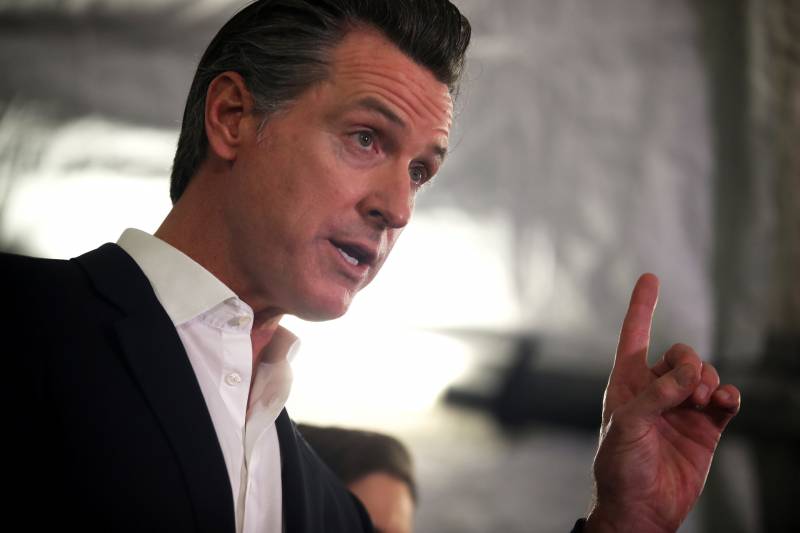The $227 billion budget proposed on Friday by Gov. Gavin Newsom includes $4.1 billion in spending on a suite of environmental initiatives meant to fight climate change, gird California against devastating wildfires, reduce smog, and bolster the adoption of clean vehicles on the state’s roads.
Given the pandemic-induced recession, the fact that California has so much to spend on the environment is remarkable, but the state is looking at a $15 billion surplus thanks to a progressive tax structure that helped capture huge capital gains generated by a soaring stock market.
Only eight months ago, in May, Newsom was forced to at least temporarily abandon his biggest climate priorities in order help fill a $54.3 billion deficit.
But now the coffers are full enough for the governor to propose his biggest-ticket environmental expenditure, nearly $1.5 billion for the construction of charging stations and electric vehicle incentives in anticipation of a massive amount of new electric cars, trucks and other vehicles roaming state roads.
Newsom said he thinks the money could ensure California’s dominance as an EV marketplace. The proposed funding comes after his executive order last year to end the sale of new gasoline-powered cars in the state by the year 2035, a move Newsom says will slash planet-warming emissions by 35%.
“We want to accelerate our efforts on alternative fuel vehicles,” Newsom said Friday. “Remember, this is a climate move, not just an economic move, because at the end of the day, it’s about health. It’s about asthma. It’s about dirty air.”

